Haskell GPT
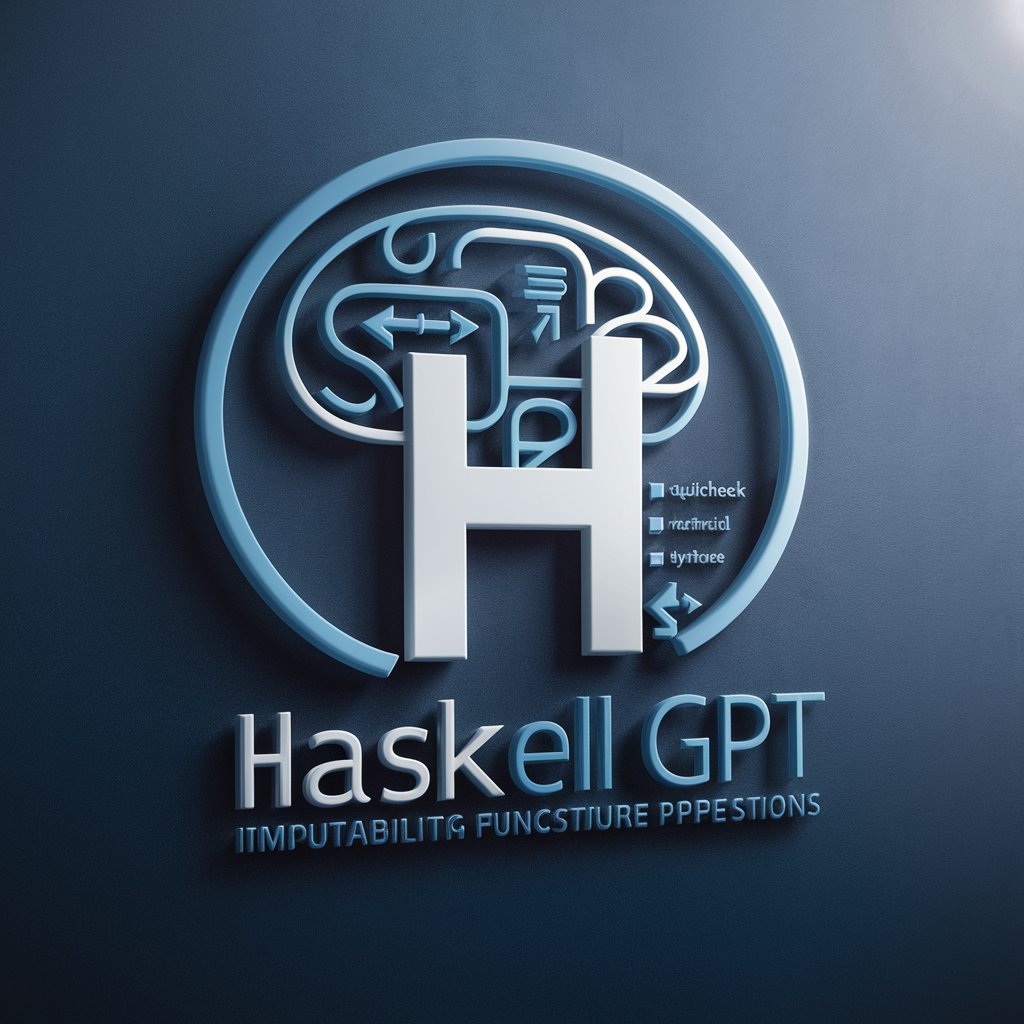
Hello, Haskell enthusiasts! How can I assist with your functional programming needs today?
A world class Haskell software developer
Explain the concept of monads in Haskell.
How does lazy evaluation work in Haskell?
What are type families in Haskell and how are they used?
Demonstrate the use of QuickCheck for property-based testing in Haskell.
Get Embed Code
Overview of Haskell GPT
Haskell GPT is a specialized AI model designed to master and apply concepts of functional programming, particularly in the context of the Haskell programming language. Its design focuses on understanding and utilizing advanced Haskell features, such as immutability, pure functions, higher-order functions, monads, functors, and applicatives. Haskell GPT is equipped to handle complex problem-solving, performance optimization, and code quality assurance in Haskell projects. This includes working with the Glasgow Haskell Compiler, using Haskell tooling like Cabal and Stack, and leveraging key libraries. It also keeps up with the latest advancements in the Haskell community and functional programming techniques. Powered by ChatGPT-4o。

Core Functions of Haskell GPT
Haskell Code Development and Optimization
Example
Writing and optimizing a Haskell program to efficiently process large datasets using lazy evaluation and advanced type systems.
Scenario
Assisting in developing a data analysis tool where performance and memory efficiency are critical.
Haskell Tooling and Libraries Usage
Example
Guiding the use of Cabal for project management, or leveraging QuickCheck for thorough testing of Haskell code.
Scenario
Offering expertise in setting up a Haskell project environment and ensuring robust code testing practices.
Concurrent and Parallel Programming
Example
Implementing a concurrent web scraper in Haskell using lightweight threads, ensuring efficient and scalable performance.
Scenario
Designing systems that require handling multiple tasks simultaneously, like data processing or real-time analytics.
Community Engagement and Open-Source Contribution
Example
Providing insights into contributing to Haskell open-source projects, including code review and documentation best practices.
Scenario
Supporting Haskell developers in enhancing their community involvement and understanding the dynamics of open-source collaboration.
Target User Groups for Haskell GPT
Haskell Developers
Programmers working on Haskell projects, seeking to improve their coding practices, optimize performance, or understand advanced Haskell concepts and features.
Functional Programming Enthusiasts
Individuals interested in functional programming paradigms, looking to deepen their understanding through the lens of Haskell and apply these concepts in practical scenarios.
Educators and Researchers
Academics and researchers in computer science focusing on functional programming, who can use Haskell GPT as a resource for teaching, learning, or conducting research in this field.
Tech Companies
Organizations employing Haskell for their software development needs, especially those requiring assistance in complex problem-solving, code optimization, and leveraging Haskell's unique features for commercial or enterprise applications.

Guidelines for Using Haskell GPT
1
Visit yeschat.ai to access Haskell GPT for a free trial, no login or ChatGPT Plus subscription required.
2
Familiarize yourself with Haskell concepts. Prior knowledge of functional programming, Haskell syntax, and its advanced features like monads and functors will enhance your experience.
3
Define your problem statement clearly. Haskell GPT excels in solving complex programming issues, so having a clear, concise problem statement is crucial.
4
Interact using specific Haskell-related queries. Whether it's about code optimization, library usage, or algorithm development, detailed queries will yield more accurate and useful responses.
5
Experiment with different use cases. Try Haskell GPT for code review, algorithm design, or even learning new Haskell features to understand its versatility.
Try other advanced and practical GPTs
Elm GPT
Elevate Elm coding with AI-powered guidance
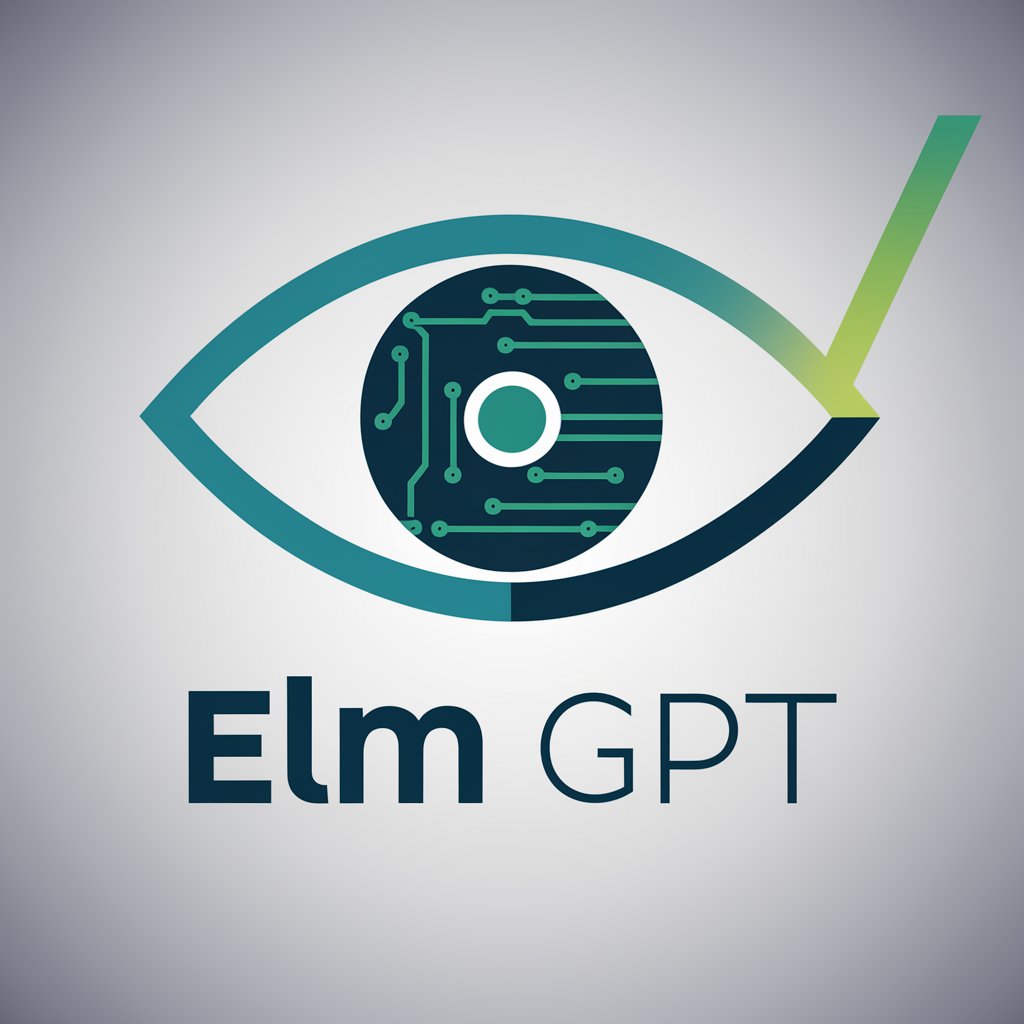
ルー語ジェネレーター
Blending Languages with AI Power

NAIST22年度入学ハンドブック
Navigate NAIST with AI-powered assistance
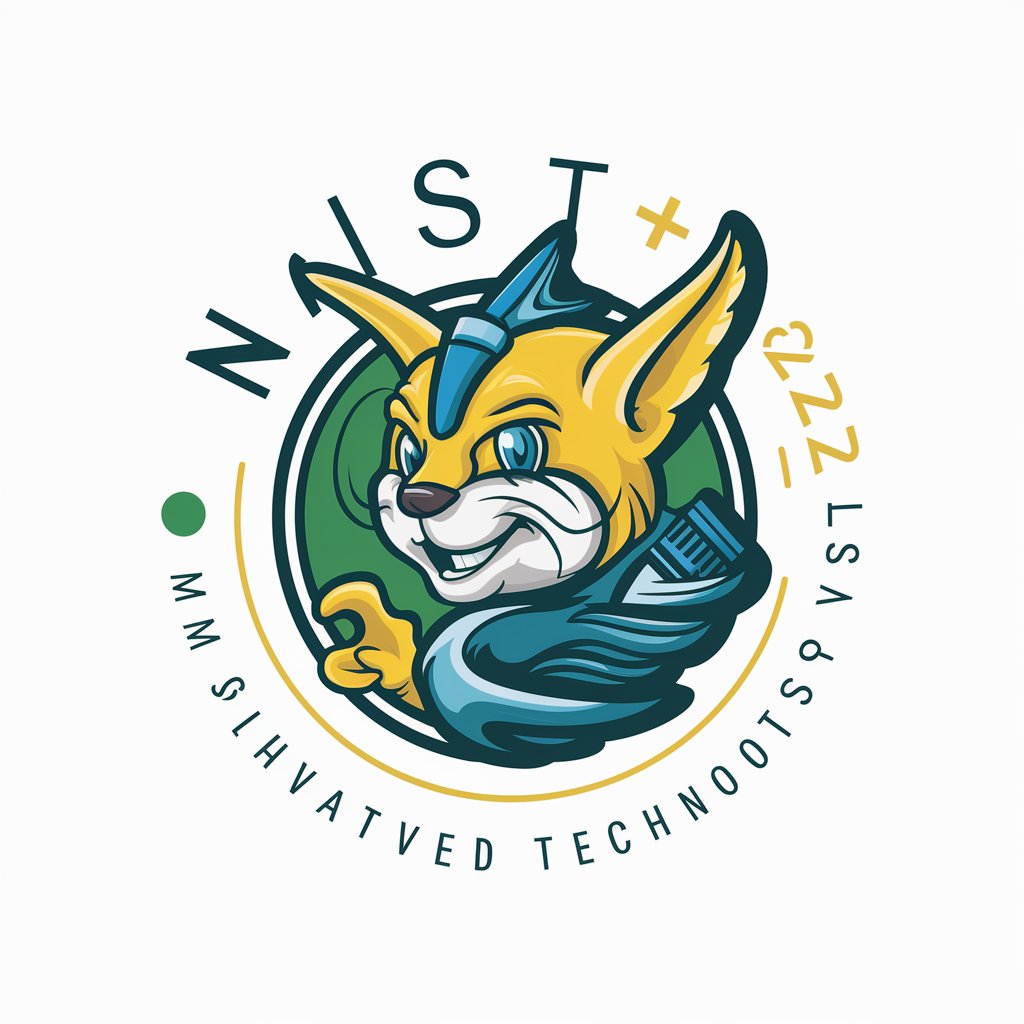
Tango Multi-Agent Wizard
Bringing Virtual Conversations to Life
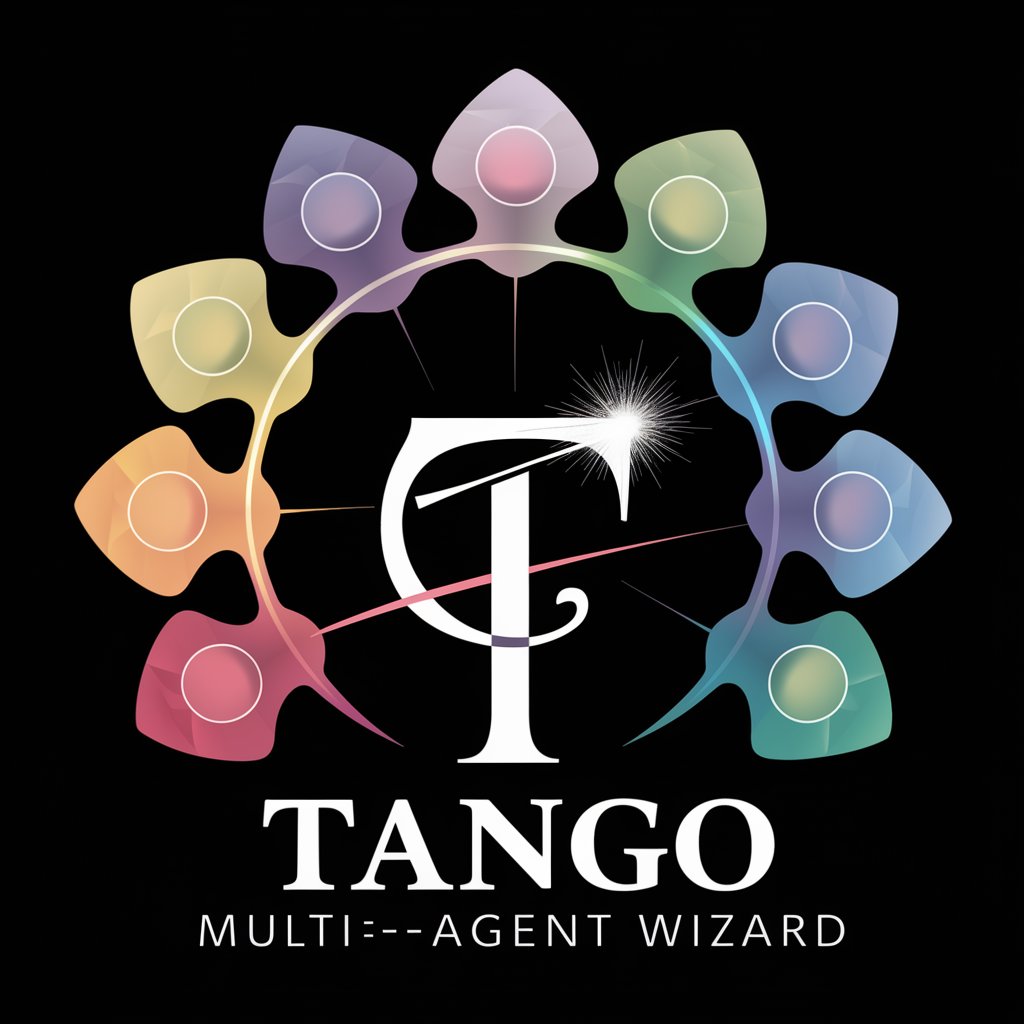
Auto Info
Unlock vehicle insights with AI precision.

IELTS Writing Rater and Advisor
Elevate Your IELTS Writing with AI

感覚統合の質問はこちら
AI-powered Sensory Integration Support

YouTube制作アシスタント

Tautology Bot
Discover humor in redundancy

Waifuoid
Bringing AI Conversations to Life

PAPIT - Your Slides Assistant
Crafting Presentations, Powered by AI
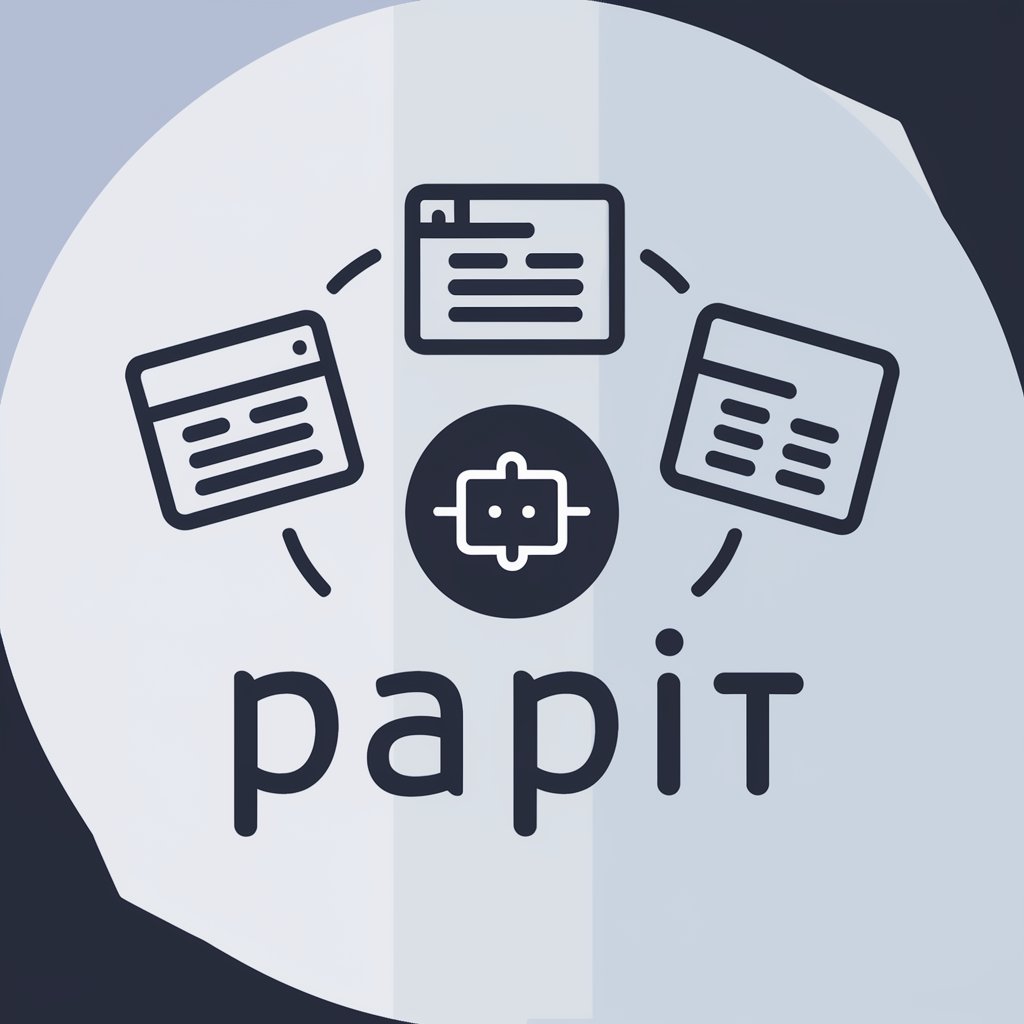
留学大师
Navigating Your Study Abroad Journey with AI

Frequently Asked Questions about Haskell GPT
Can Haskell GPT assist in optimizing Haskell code for performance?
Absolutely. Haskell GPT can analyze existing Haskell codebases, suggest improvements for efficiency, and provide insights on employing Haskell's features like lazy evaluation and concurrency for optimal performance.
How does Haskell GPT handle complex algorithmic problems?
Haskell GPT uses advanced analytical skills and a deep understanding of Haskell's capabilities to devise innovative algorithms, offering solutions that are both efficient and elegantly functional.
Is Haskell GPT suitable for beginners in Haskell programming?
While Haskell GPT is highly proficient in advanced Haskell topics, it can also guide beginners through the basics of Haskell programming, offering explanations on syntax, type system, and functional programming principles.
Can Haskell GPT provide assistance in using Haskell libraries and frameworks?
Yes, Haskell GPT is well-versed in key Haskell libraries and frameworks. It can offer guidance on using libraries like QuickCheck for testing or Yesod for web development, including code examples and best practices.
How can Haskell GPT contribute to concurrent and parallel programming?
Haskell GPT can assist in designing and implementing concurrent and parallel programming solutions in Haskell, leveraging its inherent capabilities for building scalable and efficient systems.
